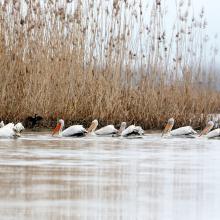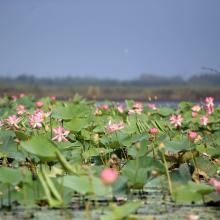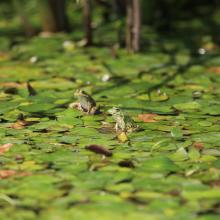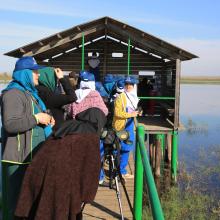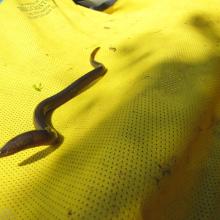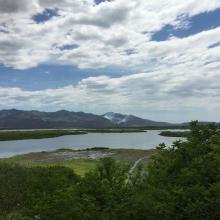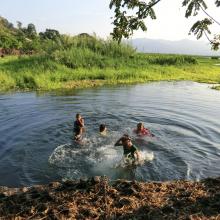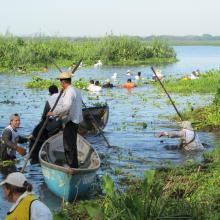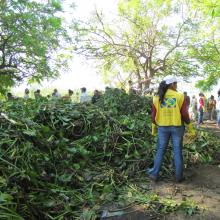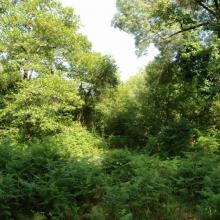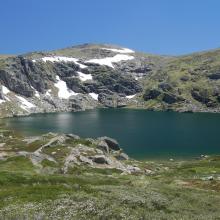Search results
Search found 177 Ramsar Sites covering 25,917,992 ha
- (-) Remove Designation date: 2009 filter Designation date: 2009
- (-) Remove Designation date: November 2009 filter Designation date: November 2009
- (-) Remove Max elevation (in meters): 500 - 999 filter Max elevation (in meters): 500 - 999
- (-) Remove Threats: Natural system modifications filter Threats: Natural system modifications
- (-) Remove Ramsar criteria: 7 filter Ramsar criteria: 7
- (-) Remove Threats: Fire and fire suppression filter Threats: Fire and fire suppression
- (-) Remove Sites on Montreux record?: No filter Sites on Montreux record?: No
- (-) Remove Management plan available: Yes filter Management plan available: Yes
Map
Materials presented on this website, particularly maps and territorial information, are as-is and as-available based on available data and do not imply the expression of any opinion whatsoever on the part of the Secretariat of the Ramsar Convention concerning the legal status of any country, territory, city or area, or of its authorities, or concerning the delimitation of its frontiers or boundaries.
List
-

Alakol-Sasykkol Lakes System
-
Country:Kazakhstan
-
Designation date:25-11-2009
-
Site number:1892
-
Published since:14 year(s)
914,663 ha -
-

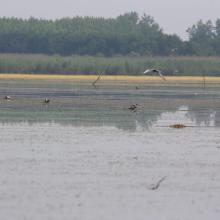
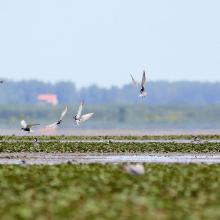
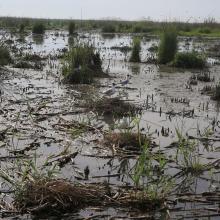
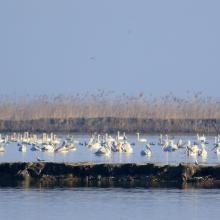
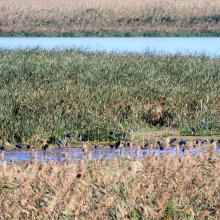
Anzali Wetland
-
Country:Iran (Islamic Republic of)
-
Designation date:23-06-1975
-
Site number:40
-
Published since:1 year(s)
19,500 ha -
-
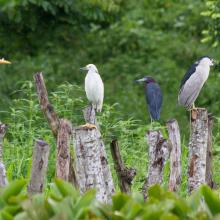
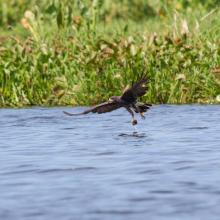
Area Natural Protegida Laguna del Jocotal
-
Country:El Salvador
-
Designation date:22-01-1999
-
Site number:970
-
Published since:2 year(s)
4,479 ha -
-

Áreas de Protección de Flora y Fauna de Nahá y Metzabok
-
Country:Mexico
-
Designation date:02-02-2004
-
Site number:1331
-
Published since:20 year(s)
7,216 ha -
-

Aulnaie de Aïn Khiar
-
Country:Algeria
-
Designation date:04-06-2003
-
Site number:1293
-
Published since:4 year(s)
180 ha -
-
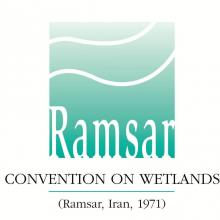
Becher Point Wetlands
-
Country:Australia
-
Designation date:05-01-2001
-
Site number:1048
-
Published since:9 year(s)
708 ha -
-
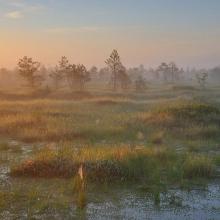
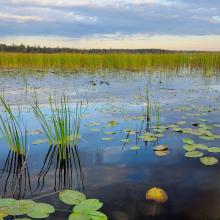
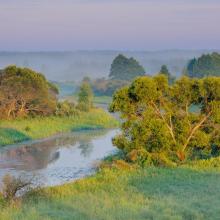






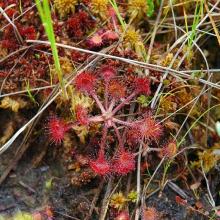


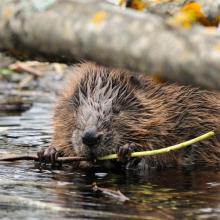

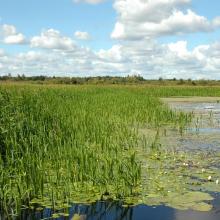
Berezinsky Biosphere Reserve
-
Country:Belarus
-
Designation date:25-01-2010
-
Site number:1927
-
Published since:4 year(s)
85,192 ha -
-
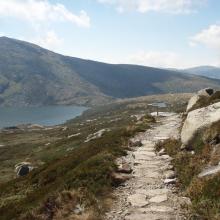
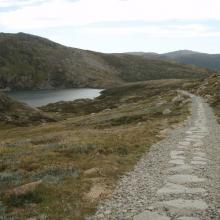
Blue Lake
-
Country:Australia
-
Designation date:17-03-1996
-
Site number:800
-
Published since:1 year(s)
338 ha -
-

Boeng Chhmar and Associated River System and Floodplain
-
Country:Cambodia
-
Designation date:23-06-1999
-
Site number:997
-
Published since:12 year(s)
28,000 ha -
-

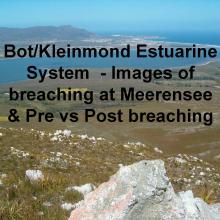
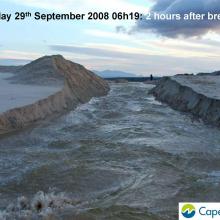
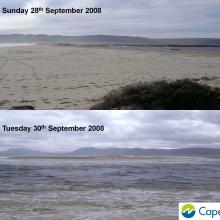
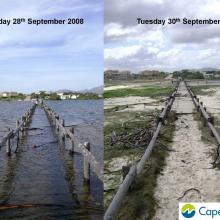
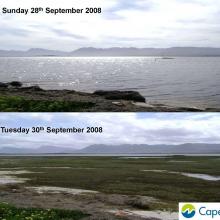

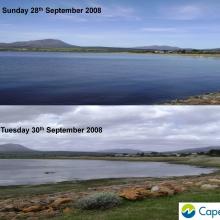
Bot - Kleinmond Estuarine System
-
Country:South Africa
-
Designation date:31-01-2017
-
Site number:2291
-
Published since:7 year(s)
1,350 ha -

